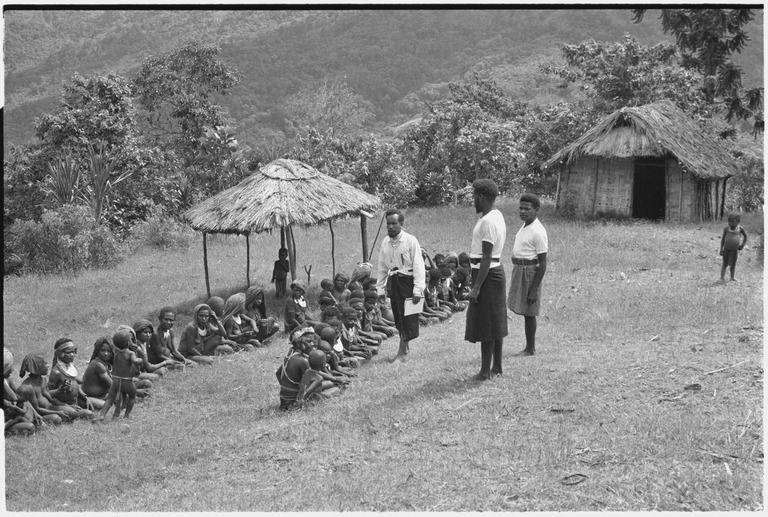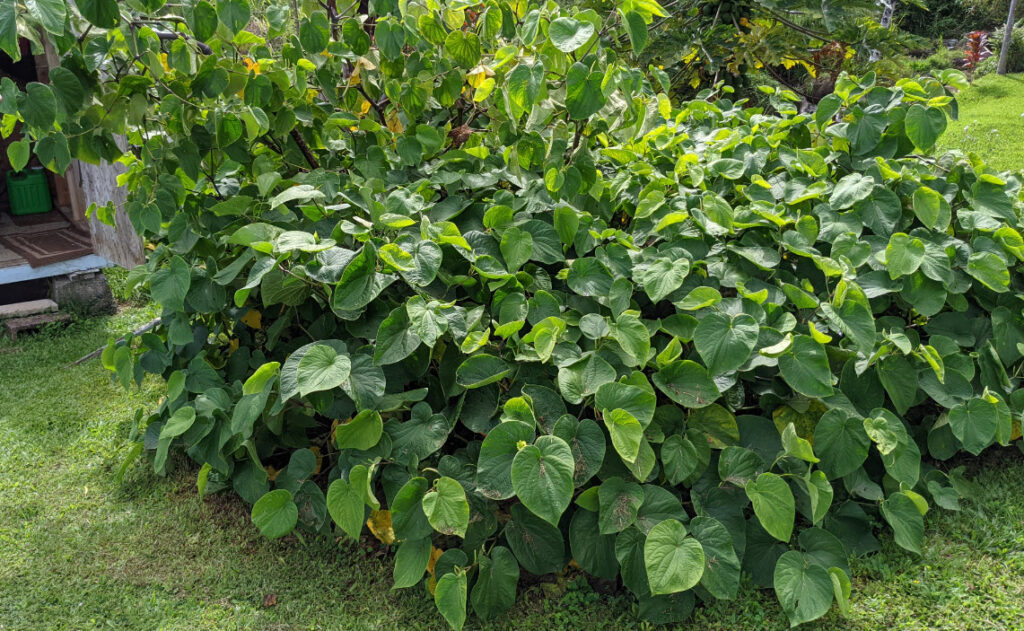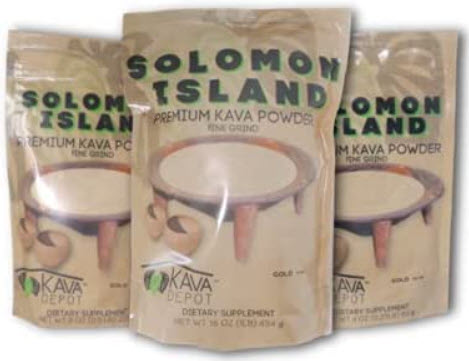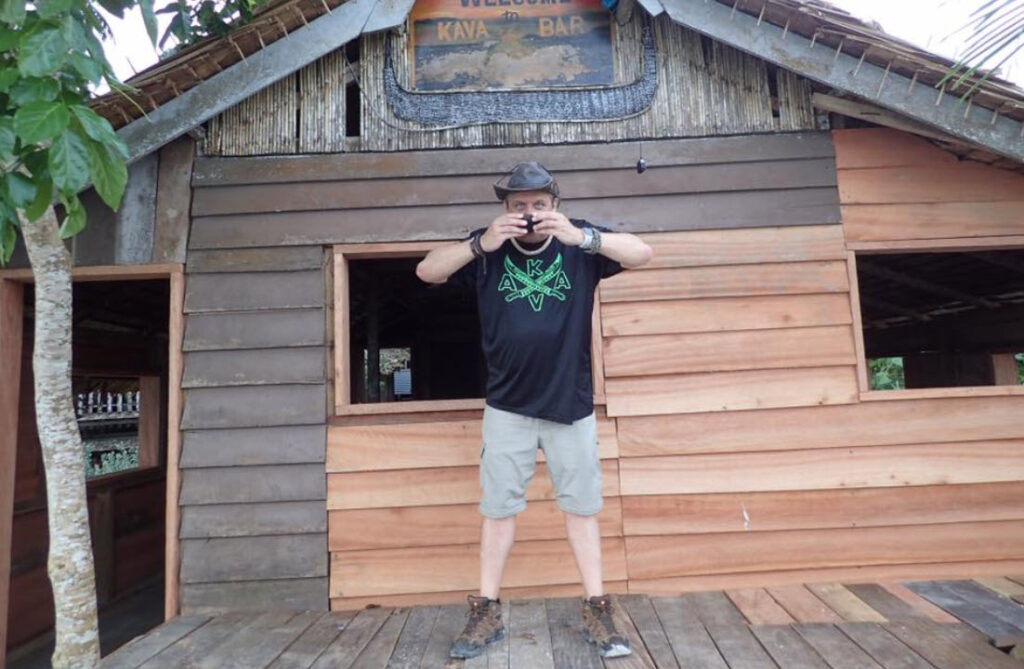Drinking Kava in the Solomon Islands
History of Drinking Kava in the Solomon Islands

Drinking kava in the Solomon Islands is part of life but wasn’t always so. With that said, the prevalence of kava in the Solomon Islands is not the same as for other Pacific countries.
Kava was brought to Melanesia by the Lapita people. These early settlers were descendants of Southeast Asian seafarers who had traveled by boat to the islands of Oceania thousands of years ago. They brought kava with them, along with many other plants and animals that are now native to the region. However, for whatever reasons, kava was not taken up as anything of medical or cultural significance in the Solomon islands. Whilst wild kava has grown for centuries in the Solomon’s, drinking kava (noble kava) found throughout the rest of the Pacific died out many centuries ago.
Interestingly however, this changed in 1839 when the first missionaries arrived in the Solomon Islands as they brought kava with them. They planted it on several islands and cultivated it extensively. The first written record of kava consumption dates back to 1841, when it was used as a ceremonial drink during a funeral ceremony for one of the first Christian converts in Malaita.
Since then, kava has gradually become a social tonic used in the Solomon Islands. It is important to note that because of the lack of historical significance, kava is not used in ceremonial and cultural activities in the Solomons.
What type of kava is grown in the Solomon Islands?

The Borogu strain was the kava cultivar that missionaries brought with them. Since then it is the only noble variety kava available in the Solomon Islands.
Kava Industry in the Solomon Islands

The kava industry in the Solomon Islands is small and still very young. It is focused around Malaita island. As of 2015, it was estimated that there were only about 600 kava farmers on the island, with most of them being involved in the export business.
In 2013, it was estimated that there were about 200 tons of kava exported from Malaita each year. This number has been steadily increasing since then and it is expected to continue rising until 2020 when it should peak at 500 tons per year.
The majority of kava exported from the Solomon Islands goes to other Pacific nations, including Australia and New Zealand, but there are also some exports to Europe and North America.
Kava Bars in the Solomon Islands

Honiara is the capital city of the Solomon Islands. It’s located on Guadalcanal Island, just south of the main island of New Georgia.
There are a couple of kava bars in Honiara, but they’re not as common as traditional pubs or taverns. If you want to try kava, it’s best to ask around at your hotel or hostel to see if they know where one is.
Why is drinking kava not as popular in the Solomon Islands compared to other Pacific Countries

Every country and culture has a social tonic that the majority the country’s population use. Being that kava wasn’t part of the Solomon Islands culture for centuries, Solomon Islanders found a social tonic with betel nut.
Betel nut is a stimulant that is chewed by many inhabitants of the Solomon Islands. It is chewed with lime, which acts as an astringent and cuts the bitterness of betel nut. The bitter taste of betel nut is also neutralized by chewing areca nuts, which are also popular in the Solomon Islands.
Betel nut has been used for thousands of years in Asia and other parts of the world; it was even mentioned in Homer’s Odyssey. In the Solomon Islands, betel nut is chewed by both men and women, usually at social gatherings or while working.
